
2025 Week 45 Bankruptcy Report

Marco Varela
November 10, 2025 · 5 min read
Real-time bankruptcy statistics to help you make better business decisions, faster. Industry market research reports, statistics, analysis, data, trends, and more.


Marco Varela


Marco Varela


Marco Varela
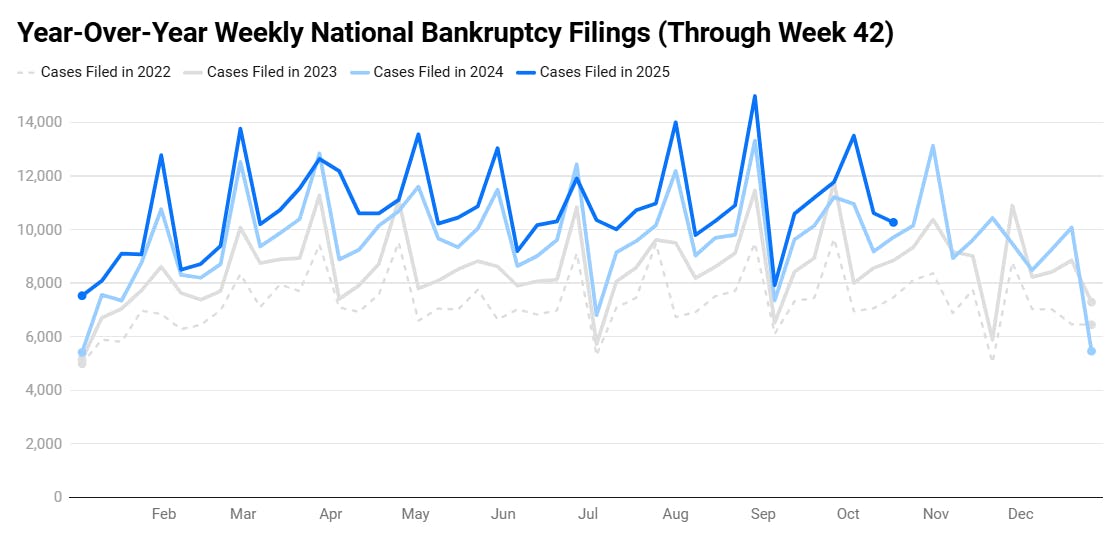

Marco Varela
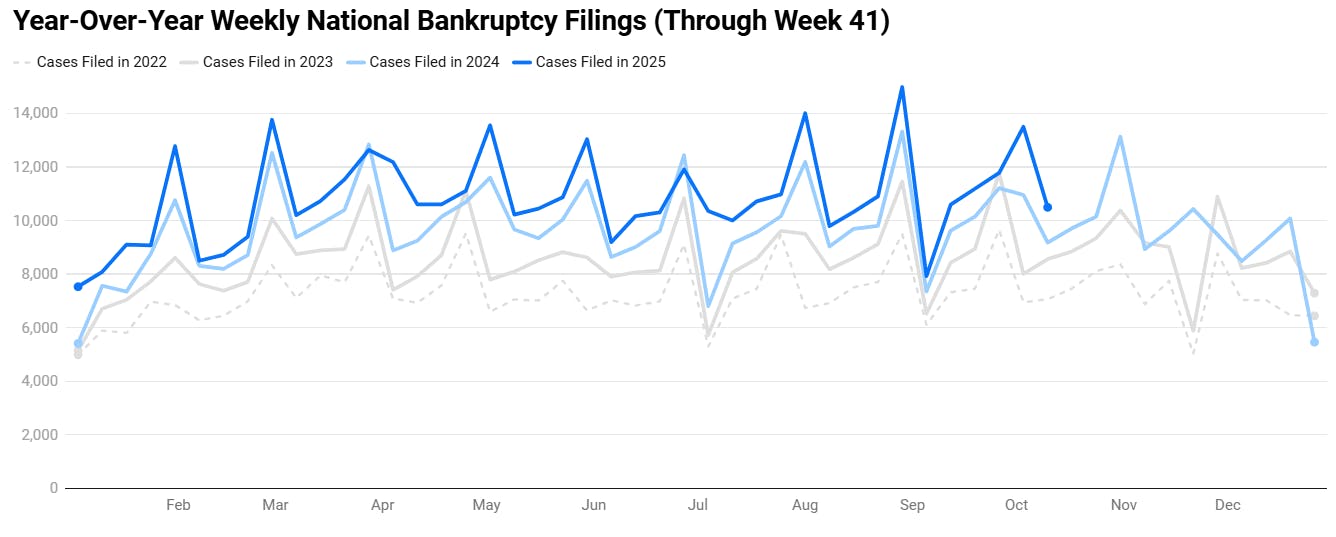

Marco Varela


Marco Varela
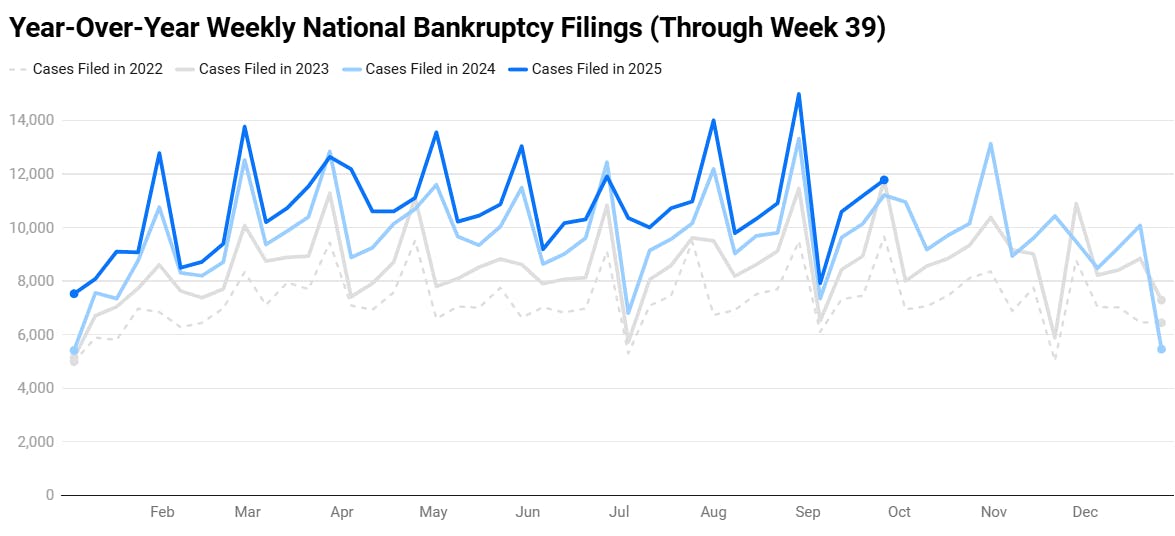

Marco Varela
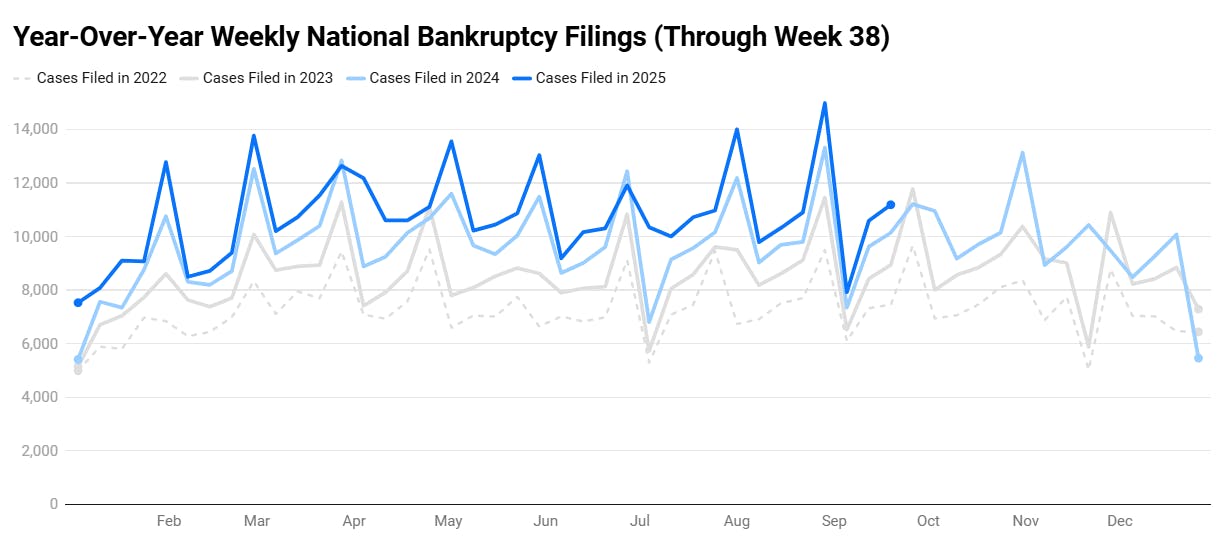

Marco Varela
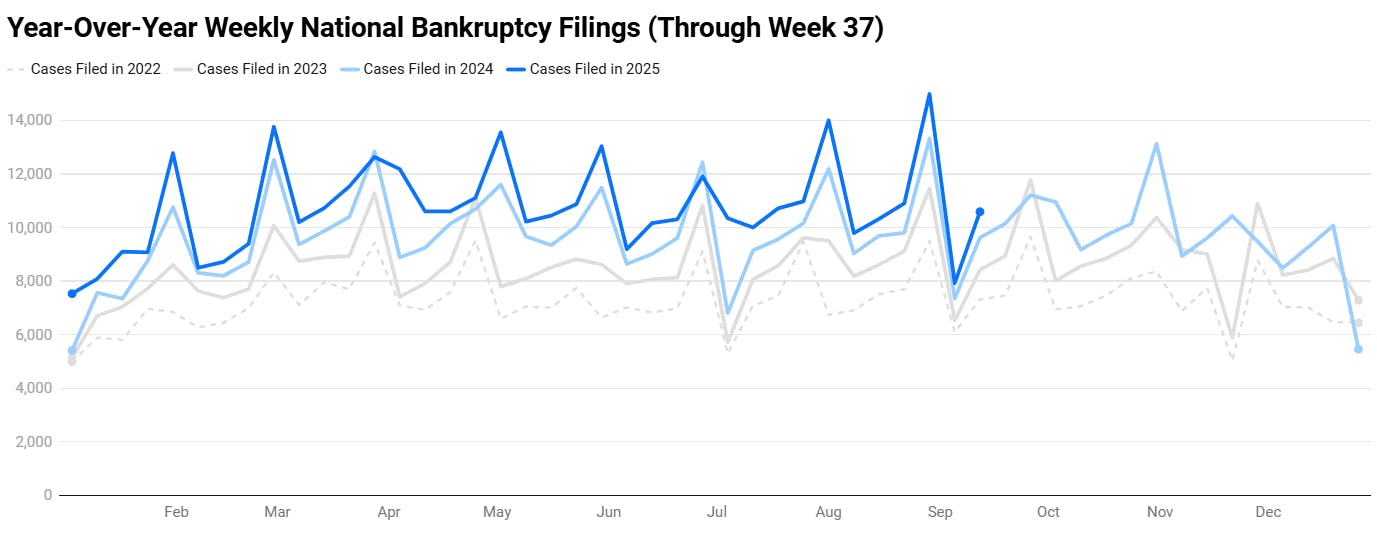

Marco Varela
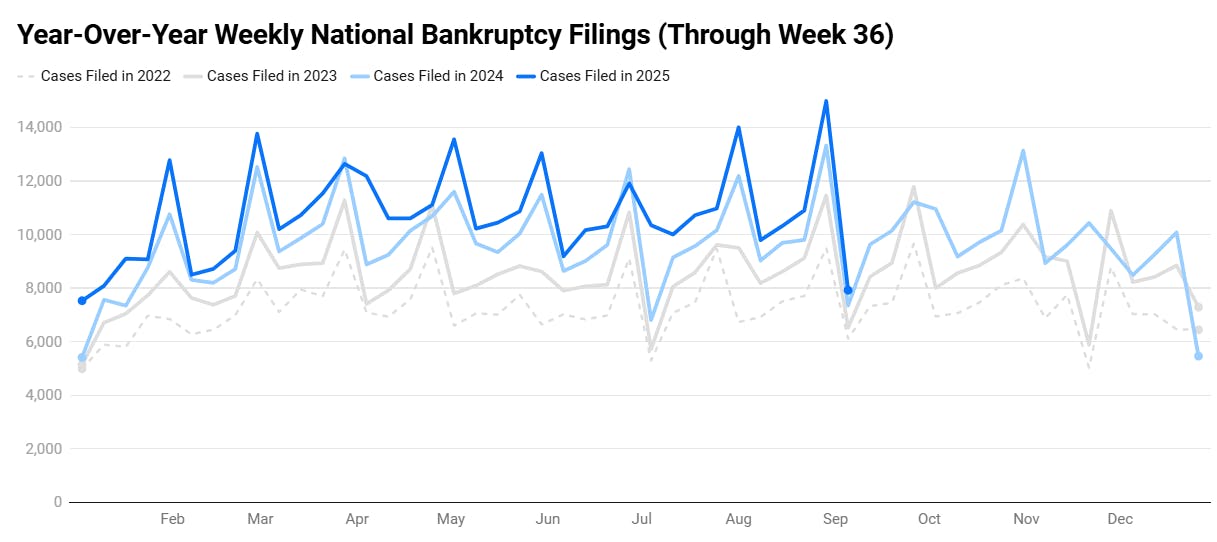

Marco Varela
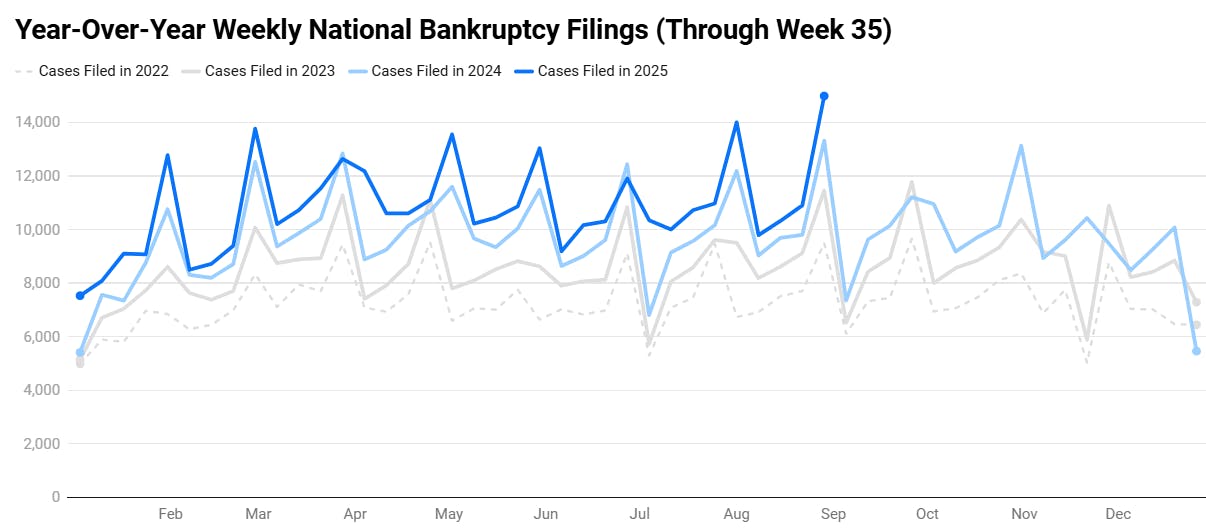

Marco Varela
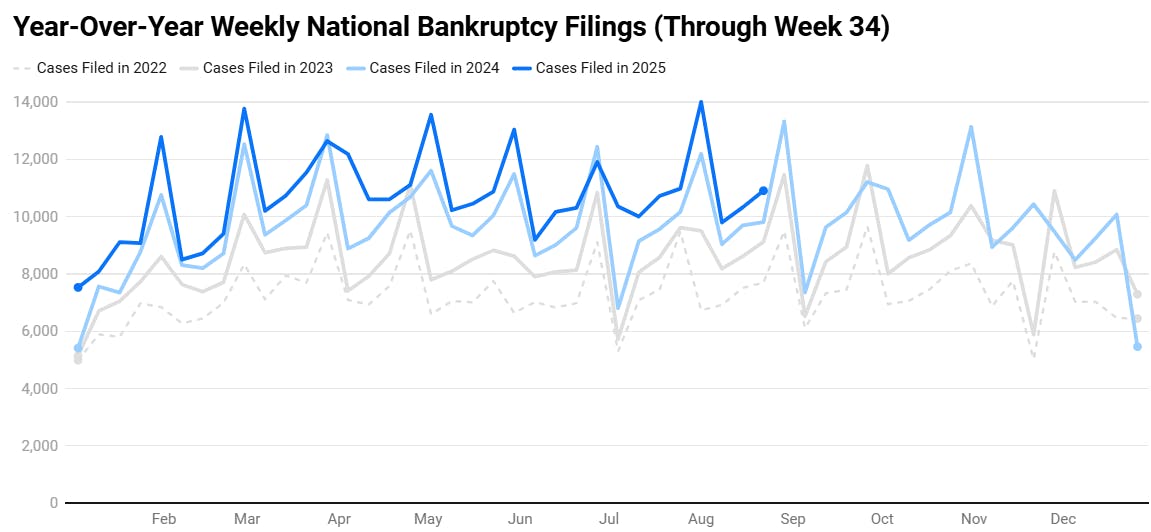

Marco Varela
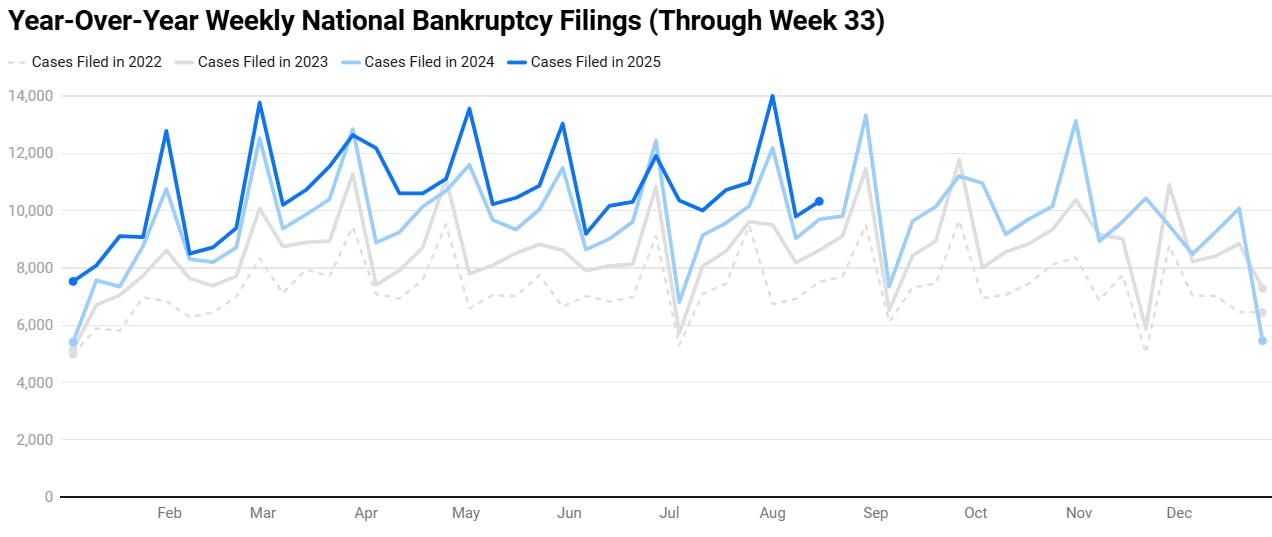

Marco Varela
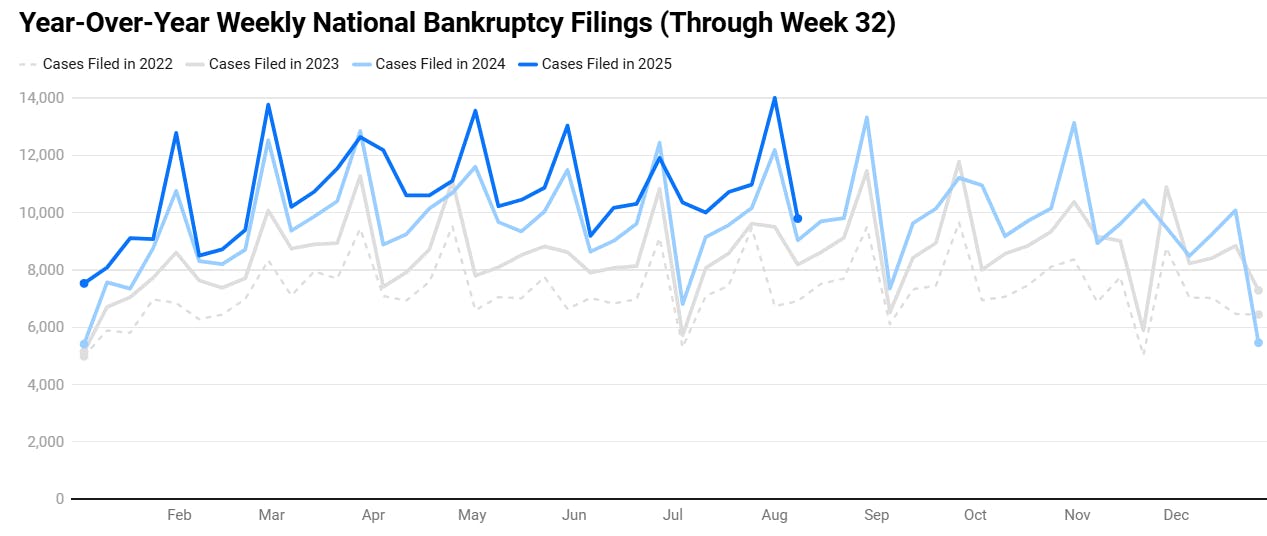

Marco Varela


Marco Varela
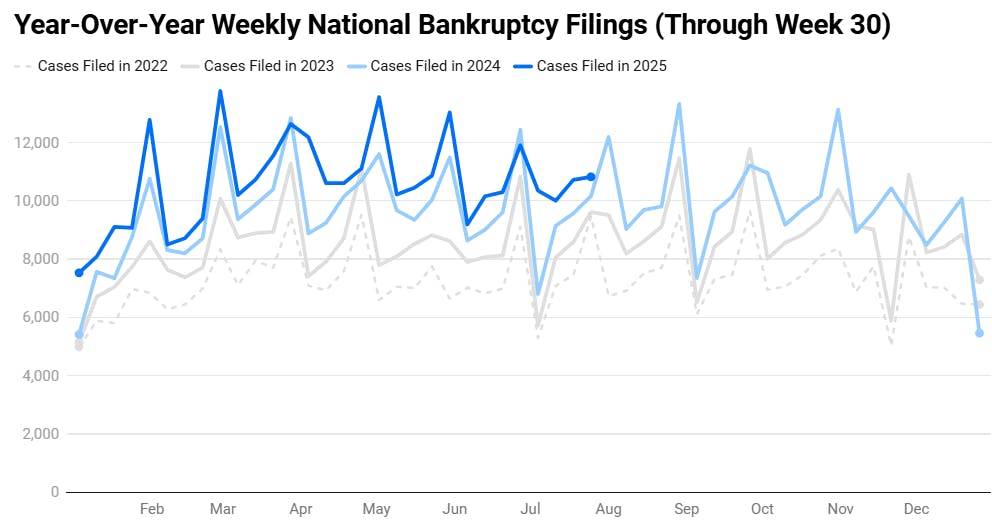

Marco Varela
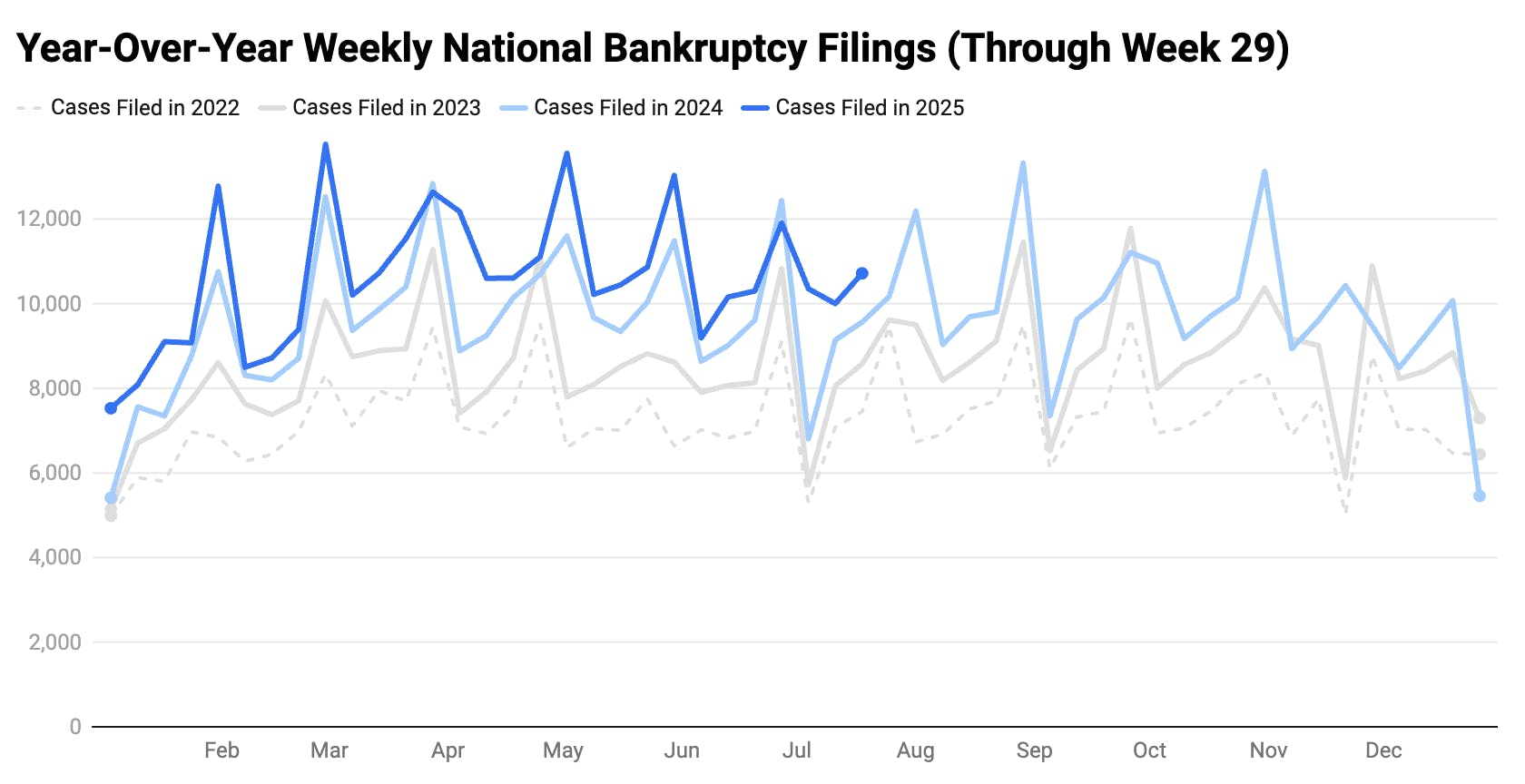

Marco Varela
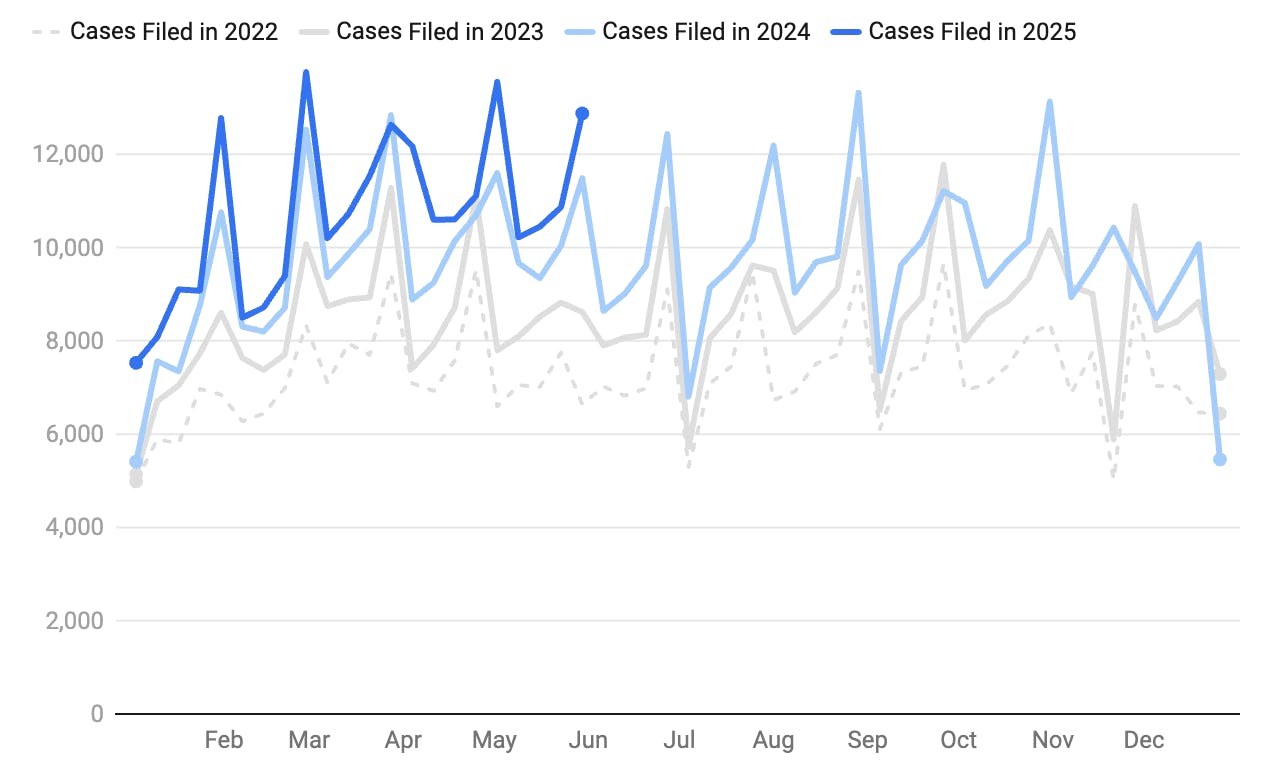

Ryan Stone


Ryan Stone


Ryan Stone


Ryan Stone


Ryan Stone
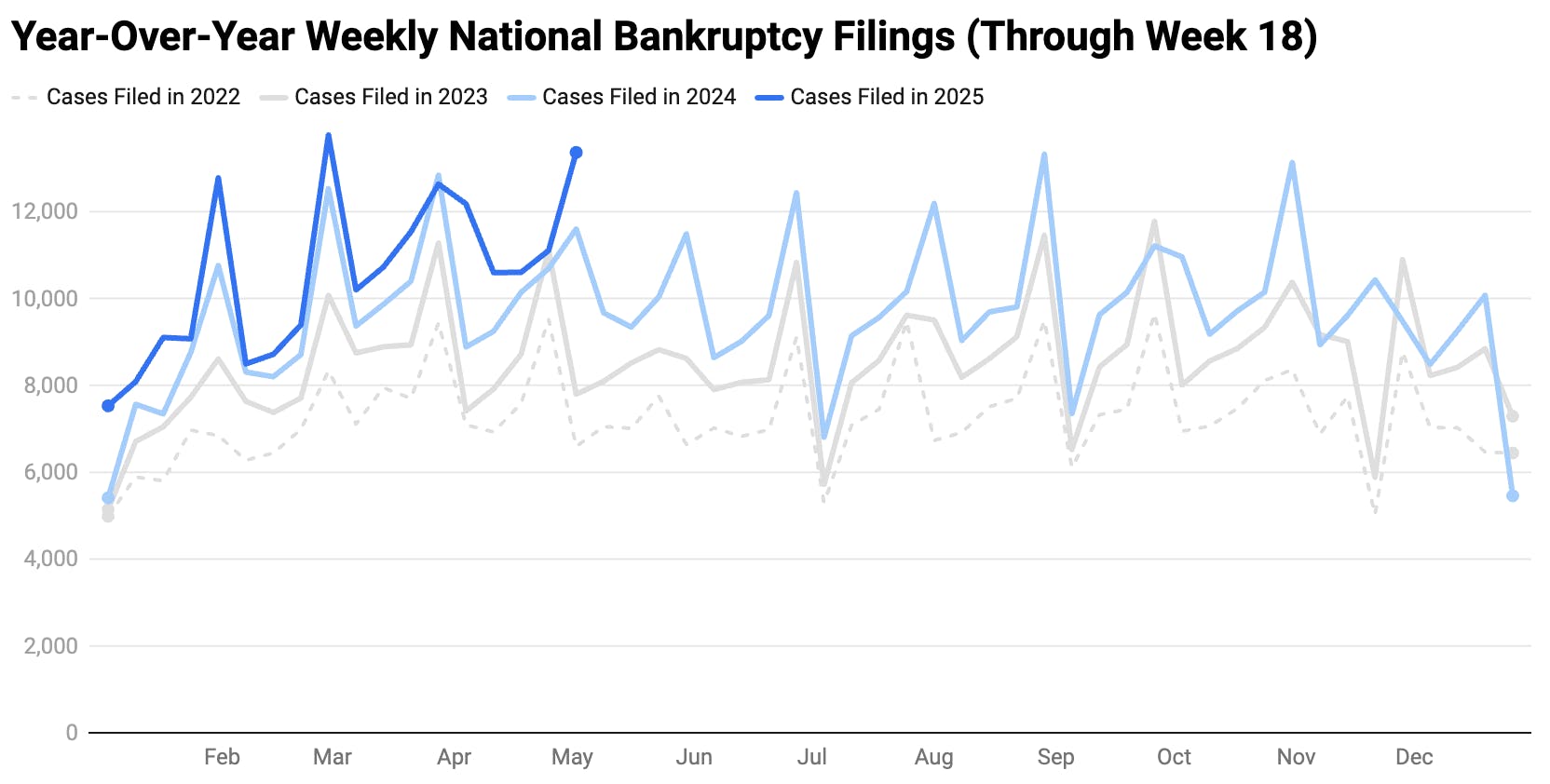

Ryan Stone


Ryan Stone
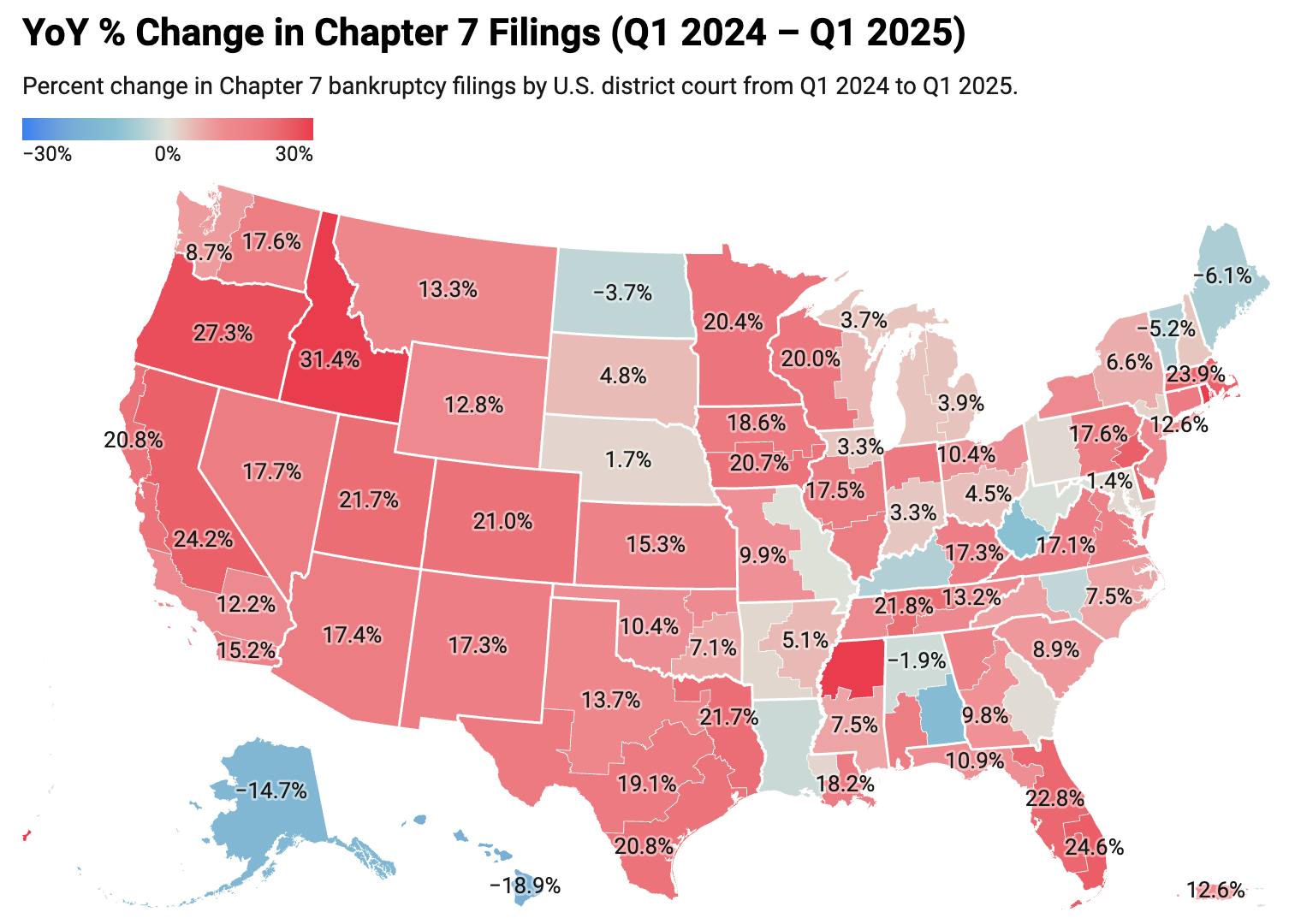

Ryan Stone


Ryan Stone